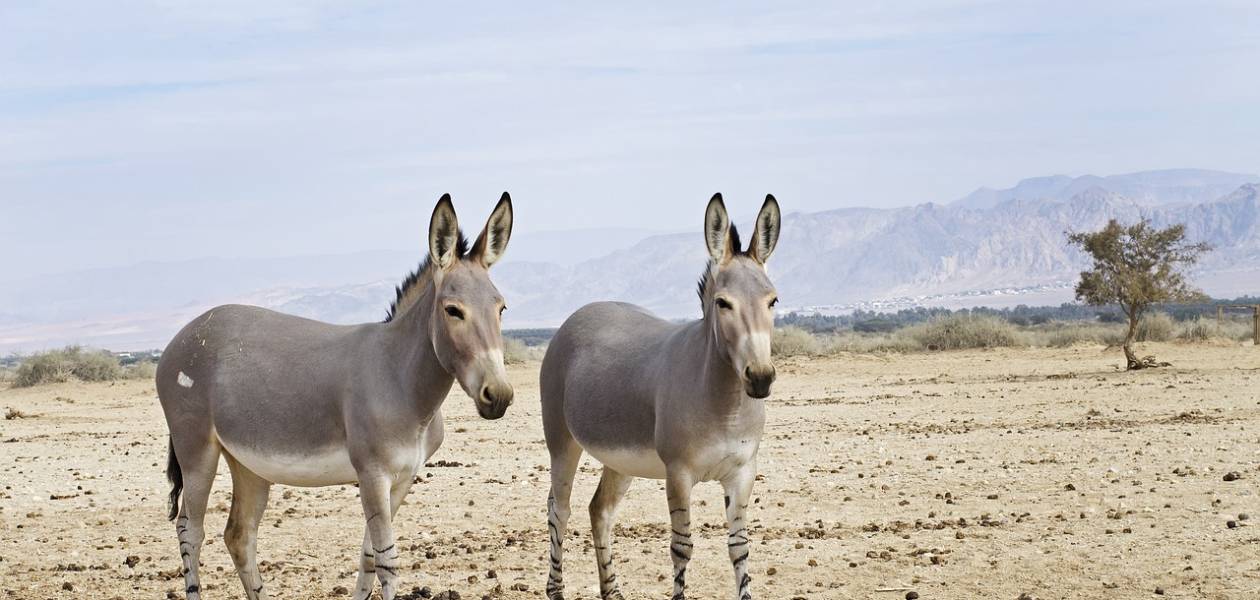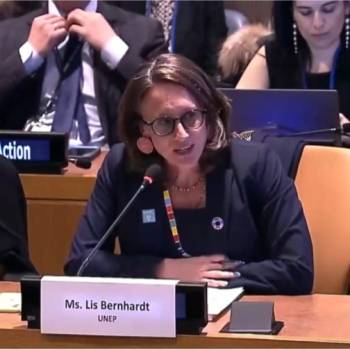
- Somalia, like other sub-Saharan countries, is suffering the humanitarian effects of climate change.
- Climate change-induced crises often have knock-on effects in other sectors, like land rights and education.
- Somalia must build its resiliency in terms of sustainable agriculture, local systems and technology.
The world is currently grappling with a pressing and omnipresent issue: the escalating humanitarian challenges spurred by climate change.
From devastating floods and unyielding droughts to scorching heatwaves, the far-reaching impacts are felt far and wide - setting the stage for famine, among other associated effects. Somalia, like other sub-Saharan countries, stands at the forefront of this global concern.
Years of drought have devastated this region, which is primarily dependent on agriculture (crop farming and livestock herding), and made farming unsustainable. Livestock herders have lost millions of dollars, and crop farmers are finding it more and more difficult to plant and produce significant harvests because they are unable to adopt modern techniques like irrigation.
Millions of people are left to make tough survival decisions on a daily basis. Reports indicate that as of December 2022, Somalia was experiencing its fifth consecutive unsuccessful rainy season and that at least 3 million citizens were living in various internally displaced people (IDP) camps across the nation after fleeing their homes due to hunger, drought and conflict.
Over the years, the United Nations and other international organizations have accomplished a great deal. But a strategic humanitarian response is still required if the crisis is to be controlled today and averted in the future.
Moreover, these crises do not simply impact a single area; in countries lacking resiliency, they are structural and systemic, with frequent knock-on consequences. No water in the rivers and limited grazing areas are consequences of a lack of rain. This necessitates the movement of hundreds of camels, goats, cattle and sheep by herders. Conflict over grazing and watering areas often brings climate change into the realm of security and land rights. Poor harvests lead to a lack of food, leading to malnutrition, causing children to drop out of school, mothers to lose their unborn children, and men to sell their property to raise money to support their families. In this case, climate change now becomes a problem for education, economic development and health.
The current situation faced by Somalia and the rest of Africa – putting women and children at risk due to the adverse effects of climate change and ongoing conflicts – is not new. Africans must deal with negative climate change impacts that are not their doing.
The end of Somalia's decades-long famine and conflict is not approaching quickly enough; the country's various regimes have struggled to handle these issues in a way that offers a long-term resolution to the problem.
Here are the steps that must be taken to help Somalia get through this crisis:
1. Push for sustainable agriculture
Somalia's ongoing humanitarian food crisis is a prime example of a dysfunctional food production, distribution and administration system. By encouraging Somalia to create food systems that adhere to and support the Sustainable Development Goals (SDGs), we can help the nation stop this cycle. The country's agriculture must be sustainable and supported by functional food systems to achieve this. Building them would promote climate resilience, boost job growth and employment, include equality and social inclusion in their operations, and encourage citizens to follow good eating habits and diets.
Working food systems would significantly lower the World Bank's assessment that 69% of Somalis live below the international poverty line.
2. Access to development financing for food security and better agricultural practices
One of the topics discussed at the recently concluded Global Solutions Summit in Berlin was development financing, which looked at how G7 and G20 nations can work more effectively with African countries on institutional, investment and policy innovations that are required to build structures like functional national food systems as a foundation for sustainable development.
How can land degradation neutrality (LDN) – when the amount and quality of land needed to support food security remains stable or improves – be promoted in Somalia? How can we create and manage sustainable Climate Smart Agriculture (CSA) through partnerships with the international community? How can development financing from the international community support adequate and sustainable water ecosystems (that can be used in agriculture and food production)? The international community's professionals and policy-makers can work with Somalia to develop relevant policies. To achieve a sustainable investment infrastructure that can be relied upon by the government of Somalia and its international community development partners to create a long-term solution to the yearly humanitarian food crisis, this should include fund mobilization and public-private sector partnerships.
3. Access to agricultural technologies
Unlike a few commercial farmers in the area, Somalians, like most of their counterparts in sub-Saharan Africa, are smallholder farmers who pursue farming primarily for personal use and subsistence. The Maasai in East Africa and the Somali, for example, herd cattle, goats, sheep and camels.
A long-term solution to the Somalian dilemma would promote the creation and application of agricultural technology that supports or caters to the local requirements of smallholder farmers. The introduction of drought-resistant crop varieties, the development and deployment of better weather forecasting and early warning systems that farmers and the public can rely on, the use of irrigation systems, and local research into the changing weather patterns and the use of this information to respond to climate change are just a few examples.
4. Strengthening local systems and institutions
The fact that Somalia's systems are only now starting to recover from the turmoil that has plagued the nation for years is one of the nation's biggest problems. Smallholder farmers, local governments and the federal government lack the capacity to address climate change effectively.
There are no risk-management mechanisms for agricultural production systems, such as trustworthy agricultural information dissemination networks, timely weather information, and government-driven livestock insurance.
The international community can collaborate with the government to improve the skills of agricultural officers through training (to increase the number of officers and improve their skills), enabling them to assist smallholder farmers with climate change-related issues. This would entail strengthening the capabilities of the Ministry of Agriculture, agriculturally oriented educational institutions and the like. It involves providing them with the necessary resources, knowledge and tools to effectively assess climate risks, develop adaptation strategies and implement mitigation measures.
By empowering these institutions, we can ensure that climate considerations are integrated into local policies, plans, and development processes.
Furthermore, it is essential to foster collaboration and partnerships among various stakeholders, including government agencies; a community collaborative approach enables the sharing of best practices, the identification of innovative strategies, and the mobilization of collective action towards climate resilience. Another critical aspect is building the capacity of local communities to understand and respond to climate impacts. This involves raising awareness, providing education and promoting community engagement in climate-related initiatives.
Written by :
Abdirahman Abdishakur Warsame - Office of Special Presidential Envoy for Droughts and Humanitarian Affairs, Federal Government of Somalia
- World Economic Forum
Posted on 2023-07-07 16:40








Comments